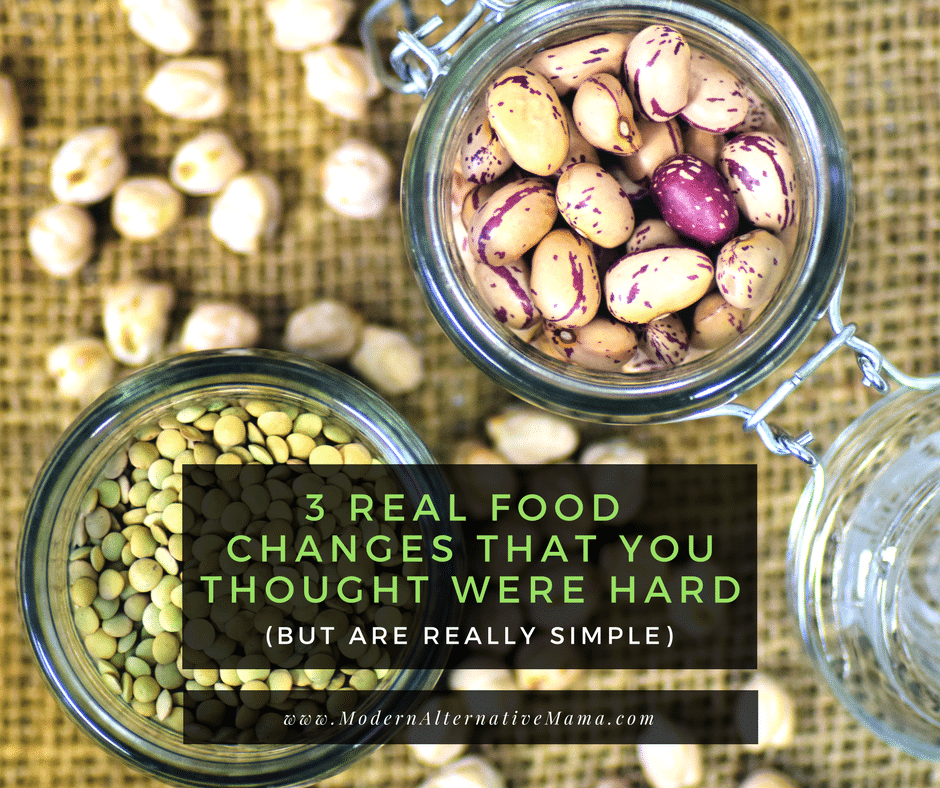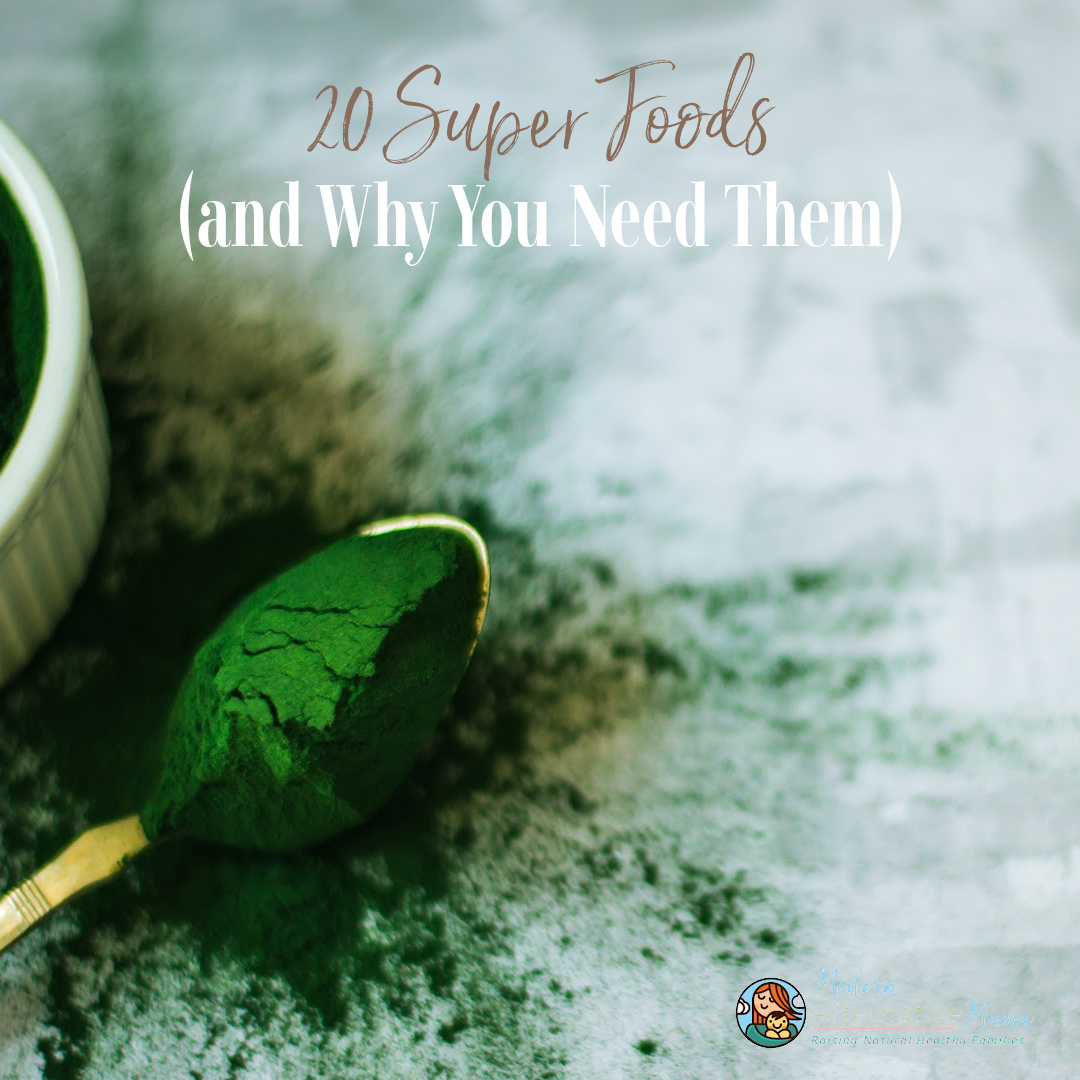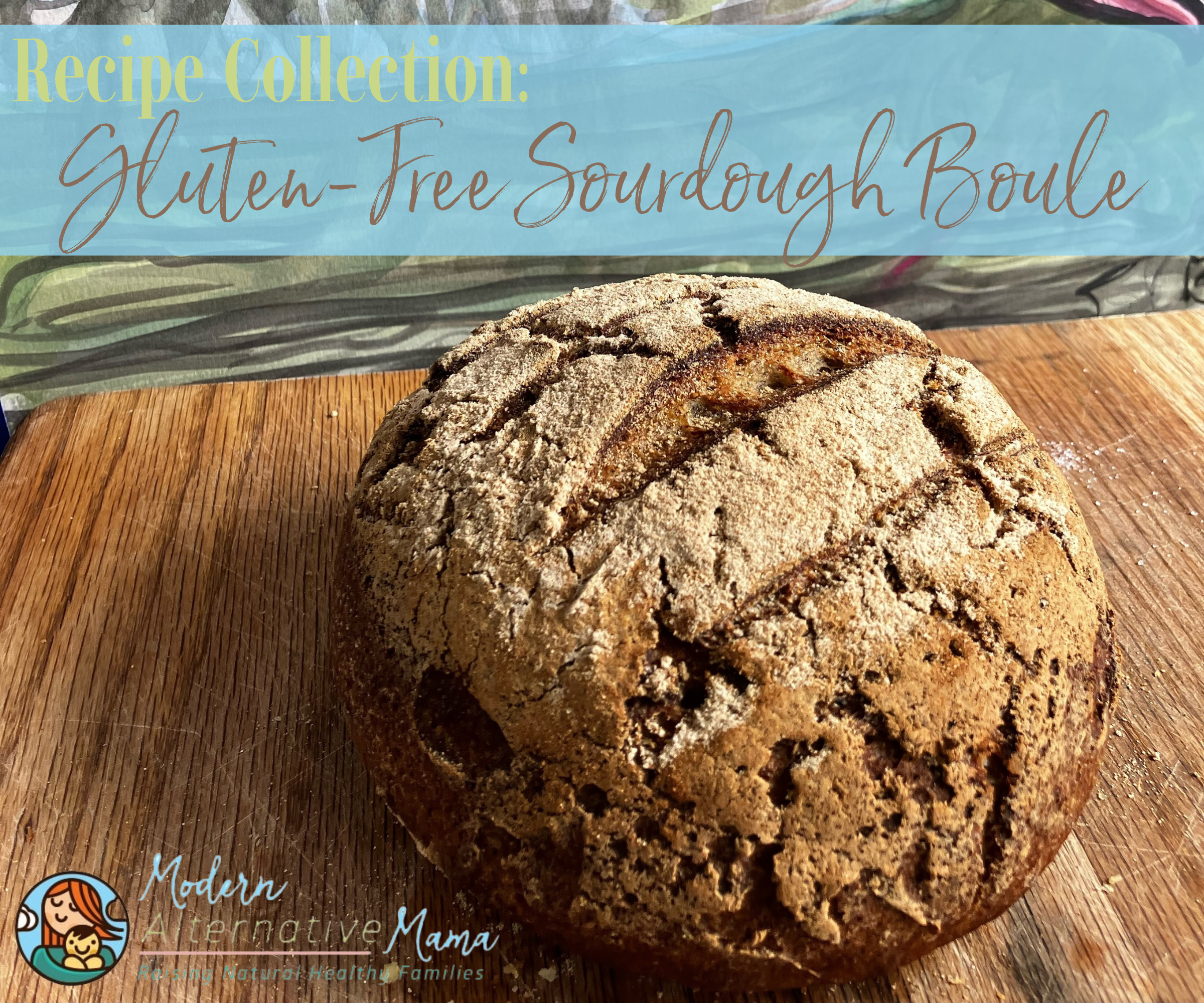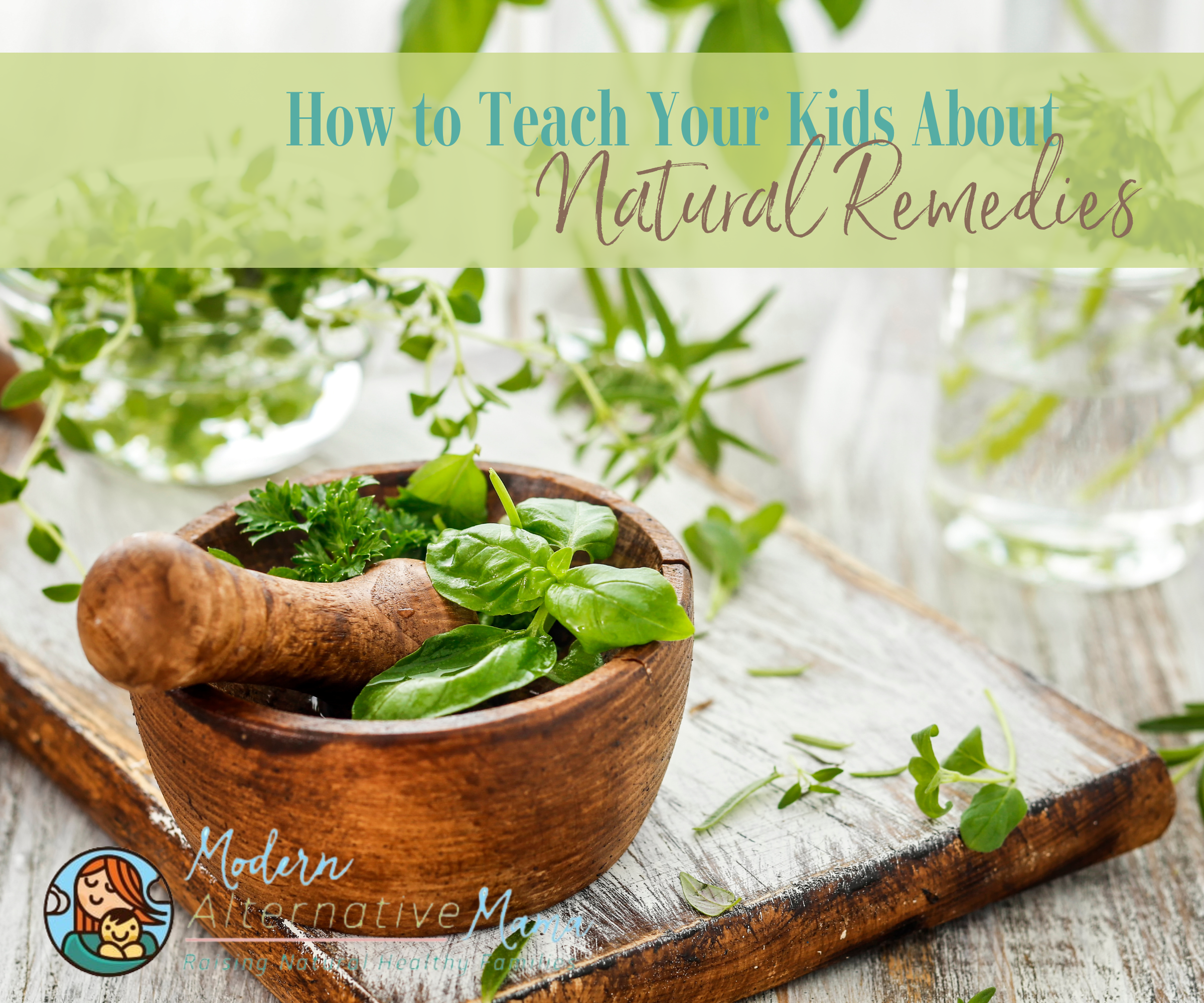By Megan Ciampa, Contributing Writer
If you are friends with anyone who is into preparing foods traditionally then you may have heard them say things like, “I’m making a big pot of chili after I finishing soaking my beans,” or “I just bought 5 whole chickens and I can’t wait to make chicken stock with the bones!” or “I love having soaked oatmeal for breakfast” and you wonder, “What in the world are they talking about?” Sure, it sounds delicious and you bet there is nutritional value to these practices, but goodness, don’t they take a lot of time? Guess what? They take about .02 seconds to set up, but they yield innumerous ridiculous health benefits.
Here are three real food changes that are really simple.
Soaking Beans
…(or nuts, legumes and other seeds) is a traditional health food tip passed on from our ancestors that allows us to absorb the nutrients in the food more easily by neutralizing enzyme inhibitors and removing phytates (phytic acid) according to Bee Wilder of HealingNaturallyByBee.com (see her guide on properly preparing grains, nuts, seeds & legumes).
Bee also says, “These foods also contain enzyme inhibitors that interfere with the absorption of proteins, which causes gastric distress and chronic deficiencies in amino acids. Soaking allows enzymes, lactobacilli, and other helpful organisms to not only neutralize phytic acid, but it also removes enzyme inhibitors and breaks down complex starch” (emphasis mine). If you want to avoid the gastric distress that often comes with eating beans “the magical fruit,” try soaking beans!
How to Soak:
Dried Beans (such as black, pinto, kidney, white, etc.)
- Use warm filtered water to cover.
- For medium-sized and large beans, you’ll need 1 tablespoon of acidic medium (like apple cider vinegar — or you can use baking soda) for each cup of dry, raw beans. Small beans (like black) need 2 tablespoons of acidic medium for each cup.
- The minimum time for soaking is 7 hours, or overnight. Soak longer for larger beans, anywhere from 12-24 hours.
- Drain the beans in a colander and rinse off the soaking water (to reduce phytates). Add fresh water to cook the beans.
- Place the beans in a stock pot, add fresh water, and cook about 1- 2 hours until the beans have softened. Skim off any foam that rises during cooking.
TIPS:
- Store extra beans in plastic bags or food storage containers and freeze the extras. These will make really fast meals in the future for chili, mexican meals, or beans & rice!
- If you’re converting recipes that called for canned beans, the rule of thumb is:
1 15-ounce can of beans equals:
- 1/2 cup dry beans, before cooking
- 1 1/2 cups beans, after cooking (according to Dried to Canned Beans conversion)
Bone Broth (chicken stock, turkey stock, beef stock)
Homemade Turkey Stock
There are loads of tutorials online about how to make chicken stock, including Kate’s, here at Modern Alternative Mama. You can make your own broth from chicken, turkey or beef bones, and even fish bones!
After you roast your meat, you simply take your bones, dump them in a stock pot (or crockpot, see Nourished Kitchen’s easy tutorial for a slow-cooker), add 1-2 TBSP Apple Cider Vinegar, vegetable scraps (chopped onion, celery, carrots), and cover the bones with filtered water, and let simmer for 12-24 hours. When you see floaty bubbles or foam rise to the top in the first 30 minutes, simply skim the foam off (those are impurities coming out of the bones). Your house will smell wonderful and you will have loads of healthy, nourishing, chicken stock to use for several different meals!
Why make your own? Broth is naturally full of minerals your body can easily assimilate. It contains gelatin, which strengthens your bones and helps heal your digestive lining. Its soothing properties are powerful, which is why it’s often recommended for colds and flus.
Soaking Oatmeal
Soaking Oatmeal
As a grain, oats can still be hard to digest if not soaked or sprouted. Either of these methods help unlock the nutrients in the oat by reducing phytic acid (an anti-nutrient) and allowing your body to assimilate the actual nutrients in the grain. You can see my quick tutorial for soaking oatmeal at Chiquita Bambino.
In all these cases, in order to soak beans, oatmeal, or make your own bone broth, all you need are probably supplies you already have on hand (apple cider vinegar might be new if you’re newer to traditional food preparation). The active hands-on time to start these processes is very little, maybe 10 minutes at most.
In my experience, the main thing that is new is starting the process hours or a day before you’d like to use it for a meal. As long as you are prepared, these changes are a cinch!








never heard of soaking oatmeal. have tried the beans but last 2 batches never got soft thats after soaking for 24 and cooking for 12! looking to find organic ones and see . kind of scary. ive been doing chicken broth for a while and sold on that. made first batch of vegetable broth but ..well not so tasty. never made beef broth. we dont get to have much beef and its actually getting hard to find any beef cuts with bones in. have you ever made broth from venison?
Hi Kathy! I have never made broth from venison bones, but I’m sure it could be done! Perhaps like the beef bones, you would need to roast them? Really not sure but just guessing.
About the beans not being soft – I have had this problem before too and it’s been suggested to me that perhaps the beans weren’t as fresh. I don’t know, in your case, would that have been a possibility? Sometimes I know my beans get stored back in the pantry and I forget about them for a while, so now I try to soak them when I get them and then freeze whatever I don’t use so that they don’t go bad.
the beans went from the store to the pot. if had happened just once…. but its been several and recent. will have to try another store. someone told me not to tyr stock from venison. they thought it had to do with a disease they carry. cant find anything about it though. thanks
Are you cooking them with salted water? They won’t soften properly if there is any salt in the liquid.
I was just going to ask about freezing the beans AFTER they are soaked! I saw the tip above but wasnt sure if you froze them before or after! But you answered it right here. Good to know!! I am so excited that I can do that and will from now on!! Thanks for the info! BTW, how long do you think beans will last in the freezer?
A few months, at least!
I have a question: I use oats to make my own granola, but how would I soak them and then use them to make granola?
Good question! I do not make my own granola, but, I have seen a few recipes using soaked oatmeal for granola on the following websites:
http://www.cheeseslave.com/homemade-granola-with-soaked-oats-sprouted-flour/
http://thenourishinghome.com/2012/04/the-best-soaked-granola-gluten-free-option/
http://gnowfglins.com/2009/12/16/basic-raw-soaked-granola/#
Hmm, looks yummy! Hope that helps!
Great post. I have a couple questions. First, I already soak and cook my beans but I have not ever put vinegar in it during soaking. What is the benefit to this? Second, I do not have access to pasture raised chemical free/organic chickens….what do you suggest for making my own chicken broth? I hate buying chicken broth in the stores and want to make my own. Also, if I did have access to good chickens, I cant cook meat on the bones and then cut it off (I get really squimish with mea as it is, that just is a struggle for me!). Any tips would be great. Thanks.
Hi Andrea, great questions. I wasn’t exactly sure WHY vinegar or any other acidic medium is recommended, because I have also seen or known others to just simply soak with water, and I read a great comment at Passionate Homemaking which helped to explain:
It sounds like the acidic medium (vinegar) helps break down the phytic acid, which water cannot do on its own.
As for the chickens, there is always good, better and best. Best would obviously be pastured chickens not being fed soy or any GMO-grain, and good would be just your average chicken you can buy at the grocery store. Just use what you can afford; there are still benefits from the bone broth even if it’s not a “perfect bird.”
As for removing the meat from the bone, it took me a while to get over that gross factor too! Is there anyone else who could debone the meat for you? Can you use utensils or tongs to remove the meat so you don’t have to touch it? Usually when I roast a chicken either in my slow-cooker or in the oven, the meat literally is falling off the bone, so I don’t have to work too hard. I also try to remove all the meat pretty soon thereafter, because it seems harder to debone the chicken when the meat and bones have gotten cold. I hope that helps!
[…] 3 Real Food Changes That You Thought Were Hard (But Are Really Simple) @ Modern Alternative Mama (these really are 3 excellent but simple steps- if you're still transitioning to real food, these are things that you could absolutely start doing!) […]
Great post!
Why the vinegar in the broth? Adele Davis says it’s to get the minerals out of the bones. We don’t like the flavor vinegar gives, though, and just cook the bones longer.
As for acids in porridge, my grandmother used to use yoghurt or buttermilk. I’ve heard it said that it makes for a more nutritious porridge. Whatever. If it’s good enough for my grandma, it’s good enough for me.
I used to use a knife and fork to debone chicken for stock and it used to take forever. If you can get over the gross factor (practice helps) just wash your hands and do it with your fingers. Saves tons of time and does a much better job.
I also am wondering about the acid in the bean soaking. I read elsewhere that the soaking water should be alkaline (http://www.nourishingdays.com/2011/03/why-beans-are-hard-to-digest-8-tips-for-making-them-easier-on-the-belly/). I’m new to the whole foods way of doing things, and this opposite info is confusing! Which is better?
Hi Amanda! I think the words acidic and alkaline can carry some confusion with them. I think sometimes an acidic medium can help balance the alkalinity of another organism. Like, a squirt of lemon juice (acidic) in your water helps your stomach become more alkaline (which, if my understanding is correct, is preferred). Does that make sense? Regardless, the article linked in the nourishingdays.com post explains:
“How does all this science translate into perfect beans? Soak legumes in plenty of water that has been brought to a simmer and poured over the beans; add about 1/4 cup of something acidic (lemon juice, vingear or whey) to black beans, lentils and fava beans but soak other types of beans (white beans, brown beans and dried peas) in plain water–preferably soft water or water with a pinch of baking soda added. You don’t need to worry about having the optimal pH if your diet contains animal foods and if the soaking is followed by a long slow cooking. Use the table below to determine approximate soaking times. For beans that require a long soaking time, you may wish to drain, rinse and add more water at least once during the process” (read more at http://www.westonaprice.org/food-features/putting-the-polish-on-those-humble-beans). It sounds like baking soda is better for certain types of beans, and lemon juice, vinegar, or whey is better for other types of beans.
I hope that helps!
I’m pretty sure beans are the “musical” fruit, not magical fruit. Otherwise, great article. I always struggle with the bean soaking because I skipped the step about cooking the beans for 1-2 hours before adding them to my soup. Mine were always hard. I’ll have to try again.
Ummm… these are the “easy” ones?? Using butter instead of margarine, olive oil instead of vegetable oil were easy. I guess I was looking for more ideas like that. I need more realistic time-saving suggestions to make things easier, not things that require more time, especially in the absence of digestive troubles. Broth is probably the most used item of these 3 and I might be interested in trying this someday. I am curious how that 12-24 hour time frame works logistically, especially after cooking and preparing a meal with the actual meat… do you just turn off the stove or put it in the frig when you leave the house or go sleep? My guess is that it would then need longer simmer time to make up for the cooling? I have only one crock pot, so using it for 3-4 days to simmer something would mean cutting back from 2 crock pot meals per week to 1, simply due to turnover time.